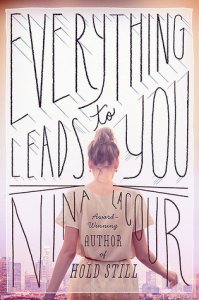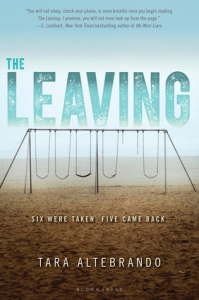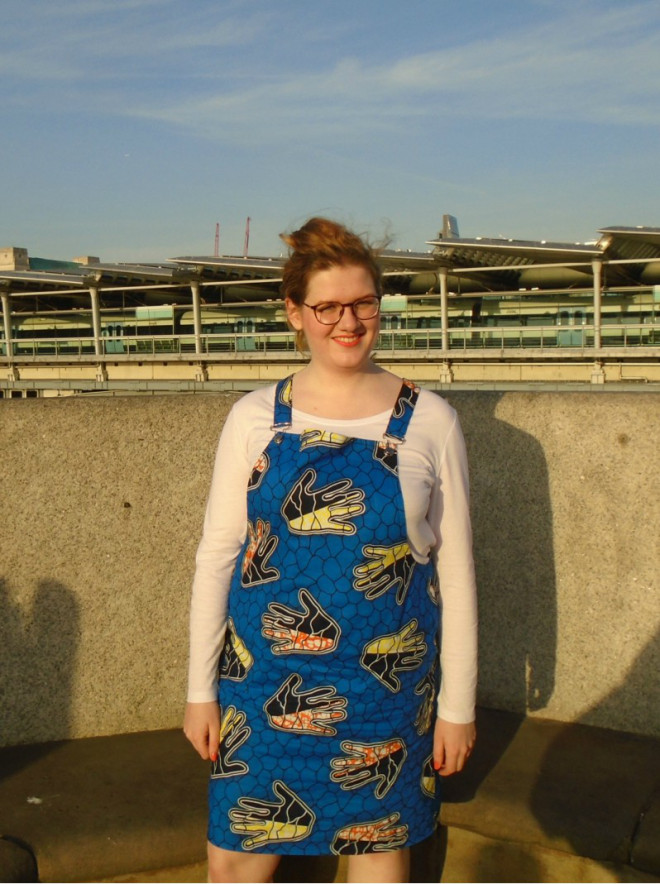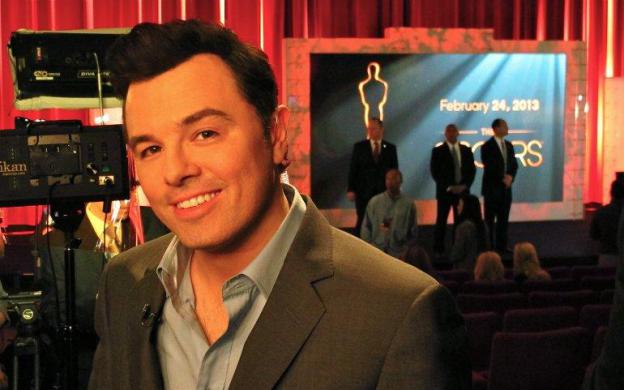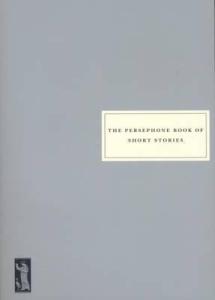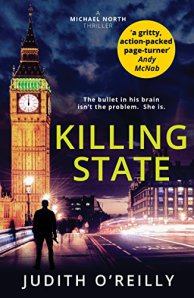In this series, Turn & Talk, I will be sharing my thoughts on various professional resources I consume. But more than sharing my own thoughts, I hope you will share yours, so we can engage in a dialogue and all come to a richer understanding.
I was so excited to start Kylene and Bob’s new book, Disrupting Thinking (note how I refer to them as if we’re old friends. While I’ve only attended one workshop in person with the dynamic duo and had a five minute one-on-one conversation with Kylene, I do feel as if we’re old friends. I’ve read all their other literature, both together and separate, and refer back to it often. Kylene and Bob have helped shape me as a teacher).
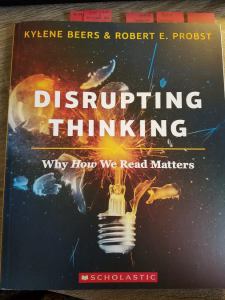
Right from Part 1’s Opening Comments, Kylene and Bob start questioning the status quo. And they pose some good questions. Questions I do not have the answers to.
- What is happening between lower grades and upper grades that destroys students’ excitement for reading? What part of that are we, teachers, responsible for?
For me, this might be the most important question, as creating lifelong readers is high on my list of priorities. For years I’ve thought about this conundrum, and I’ve wondered about the reality of this lack-of-reading epidemic. We all know that students start school excited about reading, but interest in the activity drops off as students age. But I wonder if this decline is just a natural, developmental phenomenon. The young adult and adult publishing industries are huge. Somebody is reading. How do I make sure my students are part of that group? My best answer so far is building up my classroom library, giving students time to read in school, and talking about books constantly.
- How do we help students come to texts open-minded, yet critical? How often do we ask students, “How did this text change who you are?”
These questions really have me stumped. I know that I have never asked students how a text may have changed them. I’ve never worried about getting to that level before–I’ve been too focused on basic comprehension and analysis of an authors’ craft. But why not ask this, especially if I want to develop lifelong readers? Certainly, there are texts that have changed me. Why not my students?
To address these questions, Bob and Kylene present a new framework: Book, Head, Heart. In this framework, we need to address what is in the text itself, what’s going on inside our own head as we read, and how the the text is impacting us at our core. If you are at all familiar with Kylene and Bob’s Notice and Note strategies, this book is the perfect complement. For me, this framework really helped bring together all of their resources.
Perhaps one of my favorite sections of the book was Chapter 12, in which Bob and Kylene bring up the topic of relevance, and what it truly means to make learning relevant for our students. They believe that relevance isn’t about referencing students’ favorite TV shows or bands. It’s about giving students the time and space to explore the big issues that are important to many of us. I love this concept and its inspired me to really restructure my English classes for next year. Obviously, ELA is one of the easier places to do this. But I’m starting to brainstorm how this can work in the other content areas too. In history class, you could ask students what current events have peaked their interest and then trace it back to historical origins. In science, you could ask students which topics in the news are catching their eye, and then explore it. If you have any ideas, let’s talk in the comments or via email!
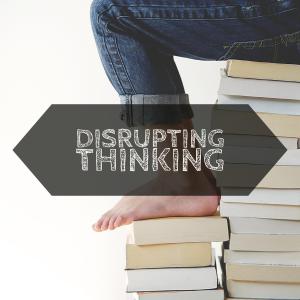
You can check out the Facebook group for the book here. Its a great resource for discussion of the ideas in the book and asking questions. And Bob and Kylene pop on sometimes too!
Have you read Disrupting Thinking yet? What are your thoughts on some of the big ideas Kylene and Bob discuss? Do you see the Book, Head, Heart framework fitting into your classroom?
Advertisements Share this: